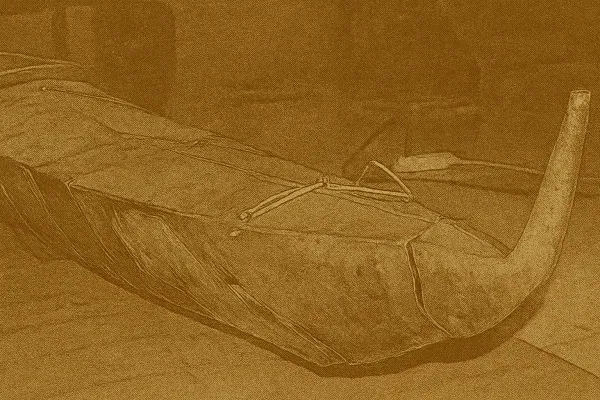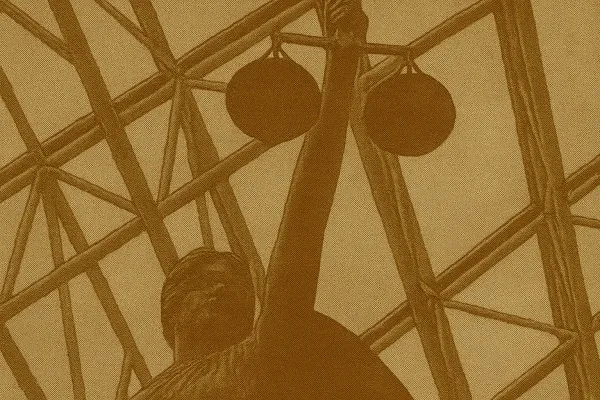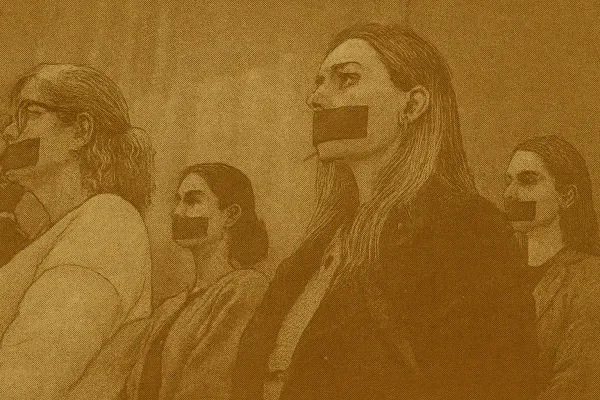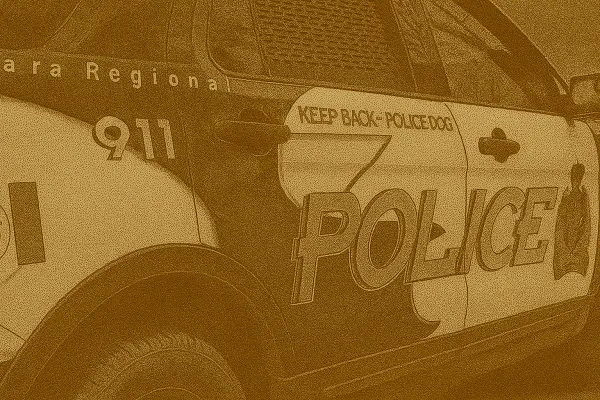Based on coverage from CBC and Al Jazeera.
A century-old Inuvialuit kayak, along with 61 other cultural objects from First Nations, Métis, and Inuit communities, is set to return to Canada from the Vatican Museums on December 6. This significant move comes after years of advocacy by Indigenous communities and marks a step forward in the ongoing journey of reconciliation and cultural restitution.
Vatican Returns Indigenous Artifacts to Canada
The return of these artifacts was announced following a meeting at the Vatican between Pope Leo XIV and a delegation from the Canadian Conference of Catholic Bishops (CCCB). The delegation included Bishop Pierre Goudreault, Rev. Richard Smith, and Rev. Jean Vézina. The Pope's decision to return the items is described as "a concrete sign of dialogue, respect, and fraternity," reflecting the ongoing efforts to mend relationships between the Catholic Church and Indigenous communities.
The artifacts, which have been housed in the Vatican Museums for decades, will be transferred to the Canadian Museum of History in Gatineau, Quebec. There, experts will assess their condition and work with Indigenous representatives to determine their final destinations. The CCCB has committed to ensuring the artifacts are properly safeguarded and preserved until they are reunited with their communities of origin.
Historical Context and Significance
The items were originally sent to Rome in 1925 for a world exhibition organized by Pope Pius XI. This exhibition aimed to showcase the reach of Catholic missions and the cultures they encountered. However, many Indigenous groups and historians argue that these items were not voluntarily given, as Catholic missionaries held significant influence over Indigenous communities during that era. The items include a wampum belt from Kanesatake, embroidered leather gloves of Cree origin, and a Gwich’in baby belt, among others.
The return of these artifacts is seen as a historic moment, particularly in light of the Catholic Church's role in the residential school system in Canada. During his visit to Canada in 2022, Pope Francis apologized for the Church's involvement in these schools, where Indigenous children were forcibly taken from their families and subjected to cultural assimilation and abuse. The return of the artifacts is viewed as a continuation of the reconciliation process initiated by that apology.
Support The Canada Report and help keep it ad-free and independent — click here before you shop online . We may receive a small commission if you make a purchase. Your support means a lot — thank you.
Challenges and Criticisms
While the return of the artifacts is a positive step, it has not been without its challenges and criticisms. Some Indigenous leaders have expressed concerns about the "church-to-church" approach, arguing that communities should be directly involved in identifying and receiving the items. The Vatican has framed the return as a gift to the CCCB, allowing it to avoid setting a precedent of returning items directly to nations or communities.
Joyce Napier, the Canadian ambassador to the Holy See, described the return as a "historic day" and highlighted the extensive negotiations that took place to make it happen. The items will be flown to Montreal and then transported to Gatineau, where Indigenous representatives will play a crucial role in determining their future.
As these cultural treasures make their way back to Canada, Indigenous communities are preparing to welcome them home with ceremonies and celebrations. The return of these artifacts is not just about reclaiming physical objects but also about restoring cultural heritage and fostering healing and understanding between Indigenous peoples and the broader Canadian society.








